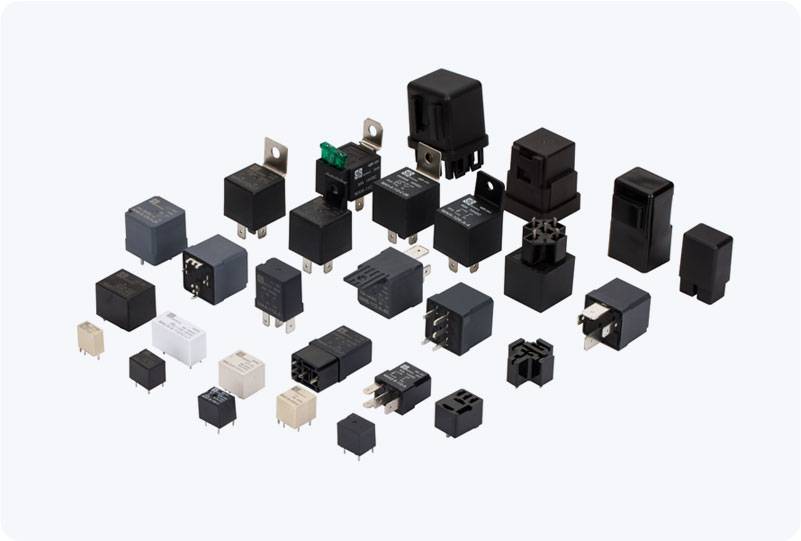Solid State Relays (SSR) have become indispensable components in modern electrical and electronic control systems. Unlike traditional mechanical relays, which rely on physical contacts to operate, SSRs use semiconductor devices to switch electrical circuits, offering numerous benefits over their mechanical counterparts. This article explores the structure, advantages, and applications of Solid State Relays, shedding light on why they have gained widespread use in industrial, commercial, and residential applications.

What is a Solid State Relay? A Solid State Relay (SSR) is an electronic switching device that uses solid-state components such as thyristors, triacs, or MOSFETs to switch a load on and off. In contrast to conventional mechanical relays, which use moving parts and physical contacts to establish a connection, SSRs rely on semiconductor technology to perform the same function electronically. They are typically used for controlling high-power devices, such as motors, heating elements, or lights, by accepting low-voltage control signals to operate high-voltage systems. Structure and Working Principle